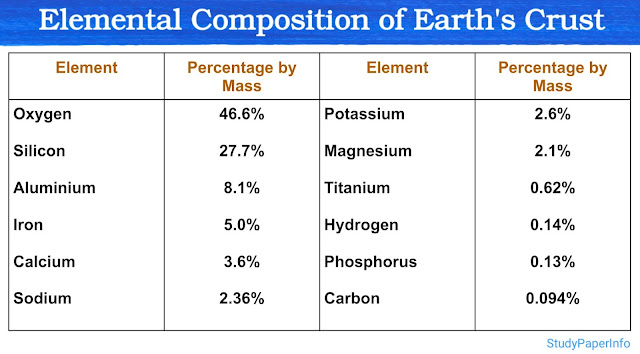What is bivalent in meiosis-I?
In meiosis I, the process of chromosome segregation requires the pairing of homologous chromosomes. This pairing forms a structure known as a bivalent. A bivalent is essentially a pair of homologous chromosomes, each consisting of two sister chromatids. The formation of bivalents occurs during prophase I, a crucial phase of meiosis. These structures are key to ensuring the correct distribution of chromosomes into daughter cells, as well as contributing to genetic diversity.
Formation of Bivalent
During prophase I of meiosis, homologous chromosomes come together and pair up through a process called synapsis. These paired chromosomes are held together by the synaptonemal complex, a protein structure that stabilizes the connection. The bivalent consists of two homologous chromosomes, each with two sister chromatids, making a total of four chromatids in the structure. This pairing is crucial for crossing over, a process where genetic material is exchanged between non-sister chromatids, enhancing genetic diversity. The bivalent (or tetrad) is clearly visible under a microscope by the end of prophase I, setting the stage for proper chromosome segregation during meiosis.
Role of Bivalent
1. Genetic Recombination (Crossing Over):
- The alignment of homologous chromosomes in a bivalent allows for crossing over, where parts of non-sister chromatids are exchanged between homologous chromosomes. This exchange of genetic material increases genetic diversity, which is crucial for evolution and variation among offspring.
2. Segregation of Chromosomes:
- In anaphase-I of meiosis, the homologous chromosomes of each bivalent are pulled apart towards opposite poles. This ensures that each daughter cell gets only one chromosome from each homologous pair. As a result, the chromosome number is halved, leading to the formation of haploid cells from the original diploid cell.
Importance of Bivalent
- Bivalents are crucial for ensuring the proper separation of chromosomes during meiosis. Without proper pairing and segregation, the daughter cells may end up with incorrect numbers of chromosomes, leading to genetic disorders.
- They play a significant role in genetic variation because of the crossing over that occurs within the bivalent, making each gamete genetically unique.


Comments
Post a Comment